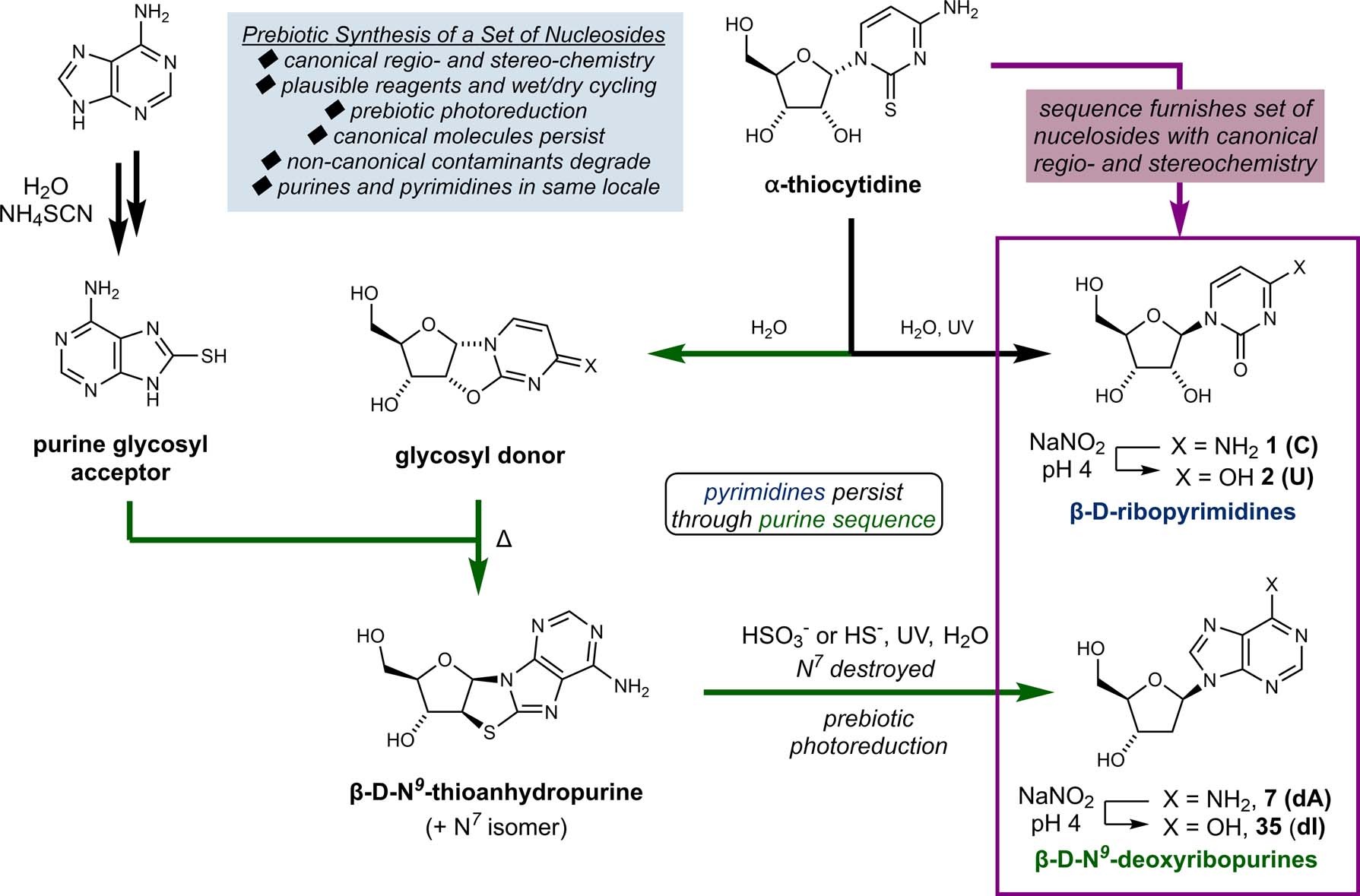Journal of Theoretical Biology
Volume 501, 21 September 2020, 110352
Using statistical methods to model the fine-tuning of molecular machines and systems
Authors Steinar Thorvaldsen a Ola Hössjer b
a Dep. of Education, University of Tromsø, Norway
b Stockholm University, Dep. of Mathematics, Division of Mathematical Statistics, Sweden
Received 6 July 2019, Revised 26 May 2020, Accepted 27 May 2020, Available online 4 June 2020.
Highlights
• Statistical methods are appropriate for modelling fine-tuning.
• Fine-tuning is detected in functional proteins, cellular networks etc.
• Constants and initial conditions of nature are deliberately tuned.
• Statistical analysis of fine-tuning model some of the categories of design.
• Fine-tuning and design deserve attention in the scientific community.
Abstract
Fine-tuning has received much attention in physics, and it states that the fundamental constants of physics are finely tuned to precise values for a rich chemistry and life permittance. It has not yet been applied in a broad manner to molecular biology. However, in this paper we argue that biological systems present fine-tuning at different levels, e.g. functional proteins, complex biochemical machines in living cells, and cellular networks. This paper describes molecular fine-tuning, how it can be used in biology, and how it challenges conventional Darwinian thinking. We also discuss the statistical methods underpinning fine-tuning and present a framework for such analysis.
FREE PDF GRATIS: Journal of Theoretical Biology





